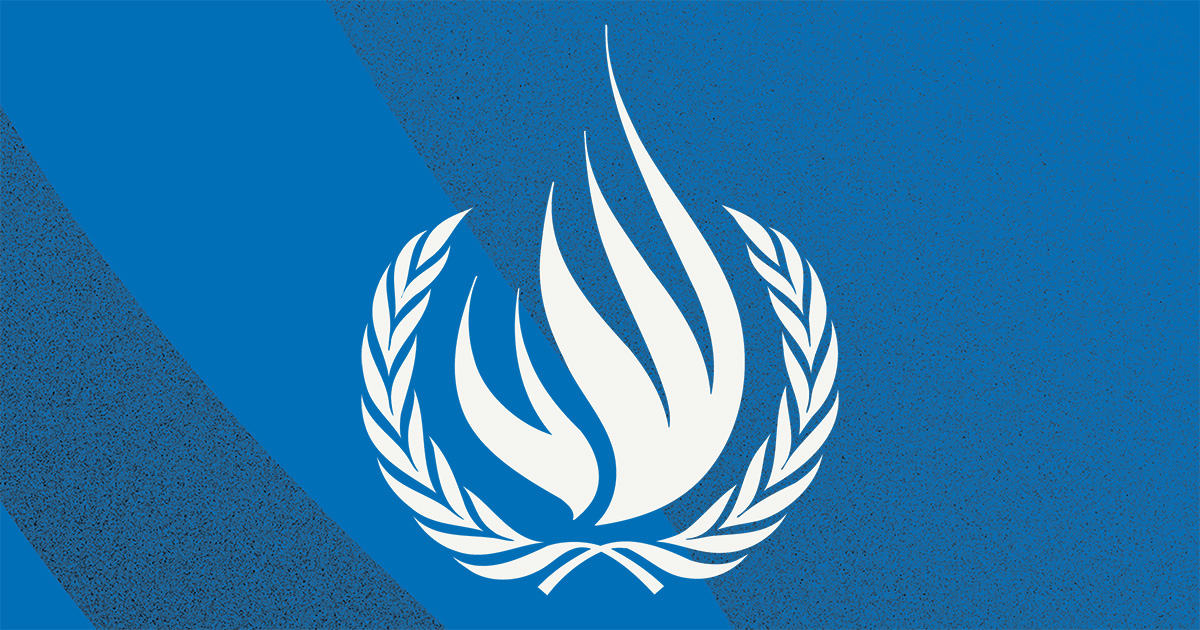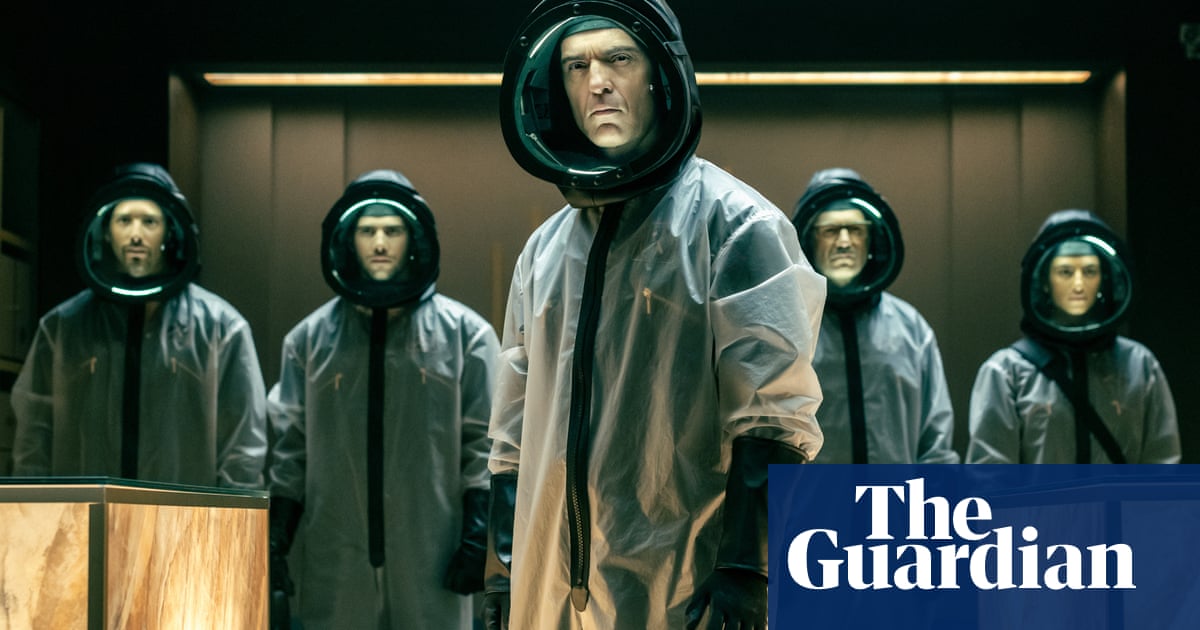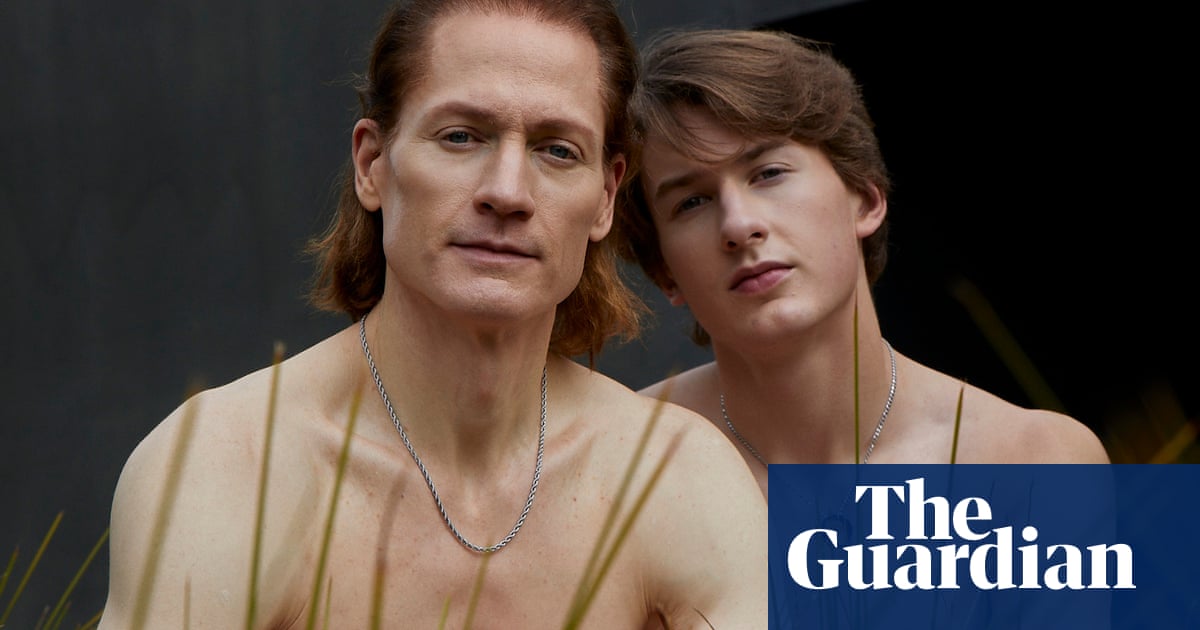
Rick Yeomans, the Midlands, mobile phone forensics
Before I started out in forensics 20 years ago, I served in the military. I was a communications engineer in the army, radios were my domain. After I left, someone suggested I turn to digital forensics. I was a bit of a sceptic at first, but I just didn’t understand what could be done. In my time, I’ve worked in both the private and public sector; within the police and as an independent expert.
Nearly everything I do starts with a device – a phone or computer. When prosecuting or defending, I’ll be handed the device usually seized by police officers, or all its data once it has been extracted. I want anything and everything I can get my teeth into, seeking information and clues. I’m looking at all sorts, from the content of messages to locations and metadata. Information comes from Facebook, Twitter, WhatsApp… There are call logs and SMS messages, emails, geotags and pictures, too. It’s rare, these days, for any case to not to have digital evidence in play, from terrorism and violent crime, to missing persons and school bullying.
It’s no great surprise that data which might be useful can end up deleted. My job is to identify what’s hidden, sometimes starting with backups, whether on the device or online (when it’s legal and authorities have the right to do so). Information is also stored after it’s been removed by a user. There’ll be communication and system logs; thumbnails of images often remain in a database long after the original has been put in the bin.
Phones just used to do texts and calls. It’s unrecognisable, really, compared to what they do now. The tools we have at our disposal are good, but we’re constantly playing catchup with the criminal world. The trouble is, even the most basic technology can be used by criminals to their advantage, making my job harder. Much of the information I can glean from mobile devices comes from traces of communication pinging around different corners of the internet. Global criminal networks can avoid this in a very simple way, for instance, by logging into an email account online, writing a message and leaving it in the drafts folder. Someone else can then sign in, read and respond without leaving a trace. That just means I have to work even harder, with data spread across different jurisdictions.
I’m certainly careful about how I use my phone and apps, knowing what I do, but I reckon that’s generational. I turned 60 last month, I didn’t grow up sharing my life online. In my line of work, it would seem strange to start.
Dr Rosie Everett, the Midlands, forensic ecologist
I sit at the interface between forensics and archaeology. I’m an environmental archaeologist who uses minuscule materials found in the natural world as clues, whether to try and solve crimes, or to imagine what landscapes looked like thousands of years ago. Microfossils are my specialism: preserved elements invisible to the naked eye. Specifically, I turn to diatoms – microscopic, single cell algae that grow in wet conditions, from soils to the ocean. Examining them closely at crime scenes and on evidence can help paint a picture, linking both people and objects to places and times.
A case often starts with soil: what is it like? Does it have unique properties? Which diatoms are living inside it? There’ll be huge variations, from Scottish highland mulch to urban grit. Once that’s analysed, I look at possible transference – can these diatoms be traced on the suspect’s clothing, personal possessions or a getaway car? There’s endless information hiding in the humble shoe.
Usually, these techniques are used to try and solve violent crimes. But I’m also increasingly working on heritage crime, alongside Historic England. People engaging in their own illegal excavations of important archeological sites is a real problem. With little enforcement, much of our history can disappear into thin air. That’s where forensic ecology can help.
Take my case from last year involving Beeston Castle, a protected heritage site in Cheshire. In December 2019, five men illegally metal detected in its grounds, taking off with axe heads and other bronze age artefacts. After attempts were made to sell the items, the police got involved. As so often happens, the suspects simply claimed they’d found the haul elsewhere. So, I took soil samples from the castle, and created a profile. Within the axe heads, I found a direct diatom match. Securing convictions from this type of crime is traditionally incredibly hard, but using our techniques, the men were found guilty.
My field is still a fairly unknown corner of forensics. Taking evidence to court in a way both judge and jury can understand is often difficult. Generally, people understand the basics of DNA and fingerprints from books, or shows on Netflix. Diatoms? Understandably very few people have a clue. Still, recently, a forensic ecologist has been written into Silent Witness. I’m told she’s based on me.
Dr Amoret Whitaker, Winchester, forensic entomologist
I studied zoology and always thought I’d end up working with big, cute and furry animals. Somehow, I ended up dedicating my career to the study of fleas and flies. I knew I would the first time I looked at insects through a microscope. Most of us never see them in fine detail, but up close you see how beautiful and fascinating they really are.
My PhD was on the decomposition of flesh and what the succession of insects that appear on bodies might tell us. I spent time in Tennessee at the Anthropological Research Facility, otherwise known as the Body Farm. Before I’d even finished writing up my research, I was being called out to do casework. Today, I’m also a lecturer in forensic investigation, too.
Blow flies are my focus in forensic work, the little creatures most of us only ever spend time swatting. But in my line of work, they can offer many answers. After death, blow flies are often the first to arrive. The female will lay eggs which hatch into tiny larvae. Then other insects will appear. Deciphering each of these stages can tell us the minimum amount of time since someone died.
In the first few days, I can estimate a time of death to within a few hours; I can help rule out whole periods when the death couldn’t have occurred. This helps detectives focus their investigations, calling on all sorts of evidence relevant to that specific time. That’s quite a lot to learn from the humble fly.
I chose this path because it seemed interesting. If somebody had told me this would be my career when I was a child, or even 10 years ago, I wouldn’t have believed them. I’m not motivated by putting people behind bars; I just want to find the truth. Yes, my evidence can result in convictions, but what I find may well also indicate innocence as well. Whoever I appear for, I remain totally neutral. I can’t try to support a single theory. I’ll write my analysis, write up a report, and see what’s found.
Sometimes I do get affected by what I see. Driving home from a scene, I turn up the radio very loud in the car – the music blasts out, air hits my face with the windows open. It helps me feel alive.
Dr Emily Chiang, Birmingham, forensic linguist
In forensic linguistics, there’s a tenet we use to describe our work: improving the delivery of justice through language. We’ll look at any criminal or legal context where language is an issue. That means highlighting language barriers in the justice system. It also means catching the bad guys.
Authorship analysis is a core part of our work: we try to ascertain who might have written a particular piece of text. A forensic linguist will read the relevant evidence and compare it with known writings of potential suspects. Our job is to ascertain who is most likely to have been responsible for writing it.
There are all sorts of characteristics we look for – a basket of potentially useful features. It could be odd spellings, repeatedly used phrases, grammatical constructions. I might tend to say “hi”; where you’d say “hello”. There was an offender on the dark web who was partially identified because he regularly used the unusual greeting “hiyas”. The same goes for all uses of language. A decision, often subconscious, is made with everything we write or say – we call the habitual ones “idiolectal choices”. I’m looking to find the patterns these habits can create, in the hope of identifying authorship.
We also do profiling, trying to describe the type of person who might have written something based on these decisions. There are gendered and socio-economic markers, professional and regional ones, too. We look to colloquialisms and influences from other languages. When attempts at extortion are being made – with ransom notes – this can be hugely valuable intelligence.
Slang interpretation is becoming an increasingly common area for us, drawing up dictionaries to help juries interpret the meaning of messages later presented as evidence. This can prove integral in proving whether there was intent, or conspiracy to commit a criminal activity.
Forensic linguistics has been around in its current form since the 1970s, but it’s the internet presents a whole new arena for us, with potentially vast applications. Anonymity is a real challenge to law enforcement online – you can conceal your face, location, voice… and yet it’s impossible to conceal your language.
We also train law enforcement officers who might need to go undercover online, ensuring they’re equipped with the relevant language to sound plausible. This might allow them to infiltrate digital criminal gangs by knowing the relevant lexicon, in turn catching abusers. At times, an officer might also need to jump on to a victim’s device urgently to catch an offender. Helping them communicate believably is key in these “account takeover scenarios”.
Of course, criminals have and will catch on. Gloves can be worn to hide fingerprints – no doubt similar attempts will be made online to cover up identifying features of language. It’s no small task and these efforts at subterfuge could well create their own distinctive patterns for us to identify and analyse. It’s all part of the job.
Forensic linguistics became a storyline in the final series of Line of Duty. A certain word was repeatedly misspelt, and this offered clues. The exposure was great, but it riled us linguists a little. Officers claimed there was a 95% probability certain messages had been sent by a specific suspect. In real life, we would never claim to be quite so certain.
Dr Michelle Miranda, New York, tattoo forensics expert
For the most part, I’m a generalist forensic scientist. For much of my career, I’ve taken the crime scene to courtroom approach. That’s a necessity when you work in an NYPD crime lab. You’ve got to use all the traces at your disposal, from fingerprints to the analysis of gunshot residue.
I wanted more from my work, so I went back to school to get my doctorate. I left the police, but continued to work through my studies as a medical photographer, and investigator, too. For a while, I even considered a career change into art conservation. I needed to find my own area to explore. While working a job investigating death scenes, there was a case which changed the course of my career. A woman’s body had been found in a park – the only way we could identify her was by a tattoo: a rose, with the name Patricia underneath. Officers used this evidence to help identify the victim. And, sure enough, they secured a conviction for the man who killed her, too.
Few people had really considered tattoos in forensics before I started my research properly: not just in using them as a means for identification, but in other ways as well. I’m interested in everything from the chemical makeup of inks, to what can be drawn out from a tattoo’s imagery. The field is very much in its infancy, I’m still assessing the significance of what can be done. Looking at inks themselves is of particular interest to me. If a body is unidentifiable, but a tattoo can be detected, could the ink tell us where or when the body art was done? We have specialist techniques to look at tattoos that have become damaged, infrared photography in particular.
The biggest problem I face is that people in the field, from law enforcement to pathologists, don’t even know I exist. Considering tattoos may not even cross their mind. I’d love to see a day where tattoos are considered a key part of investigations. And, obviously, I’d quite like to be that person called to the scene.
Dr Mark Spencer, London, forensic botanist
My interest in botany predates my living memory. Mum says I’d sit and stare at vegetation as soon as I was old enough to crawl. Alongside people, plants have always been my favourite thing on the planet. I don’t know where it came from, but I was reading degree level textbooks on botany by the age of 10.
After completing my PhD, I worked as a habitat surveyor, traipsing around London’s backstreets recording biodiversity and wild plants. Soon, I became a curator at the Natural History Museum. Then one day, out of the blue, I received a phone call: “We’ve got a dead body in a ditch, can you give us a hand?”
I jumped on the train, and dived in at the deep end. Sensorially, you just learn on the job. You can’t know if you’ll be able to emotionally and physiologically deal with the experience until you get there. As it happens, I found I could.
I help police search for bodies in the natural landscape when there’s a missing person. Often these are cold cases, when someone may have been in situ for years and years. I’m looking for tells in the natural environment of where a body might be. I also get called in once a body is discovered, often helping identify how long the person’s remains may have been there for. The plant life might hold clues as to whether there was a struggle; could someone have made an escape? How the vegetation has grown around the body is full of clues. I also look for trace evidence – fragments of natural materials that could link a suspect to a crime scene or victim. If there’s a body, for instance, I’d make an inventory of all the plants in the area. Later, if we have a suspect or items of evidence, I’ll examine the plant life that might link the two.
Botanists often talk about “plant blindness” – how people don’t see vegetation as having a story to tell, but just as lumps of green. I, meanwhile, can look at two identical seeming bushes and draw out distinct details. One might be decades old, another grown rapidly from seed. I can tell if it’s been left to grow, pruned or hacked away at. Observations like these can prove very important.
When you’re called into a serious crime scene, you work until you drop. It’s not just the mental efforts that tire me out, but crawling through the mud while it pours with rain. I’m in my mid-50s now; my knees can really hurt. On my last case, I worked 70 hours in six days. When I got home I could barely speak or move. How do I relax? With a glass of wine and an entirely unbelievable zombie film.












